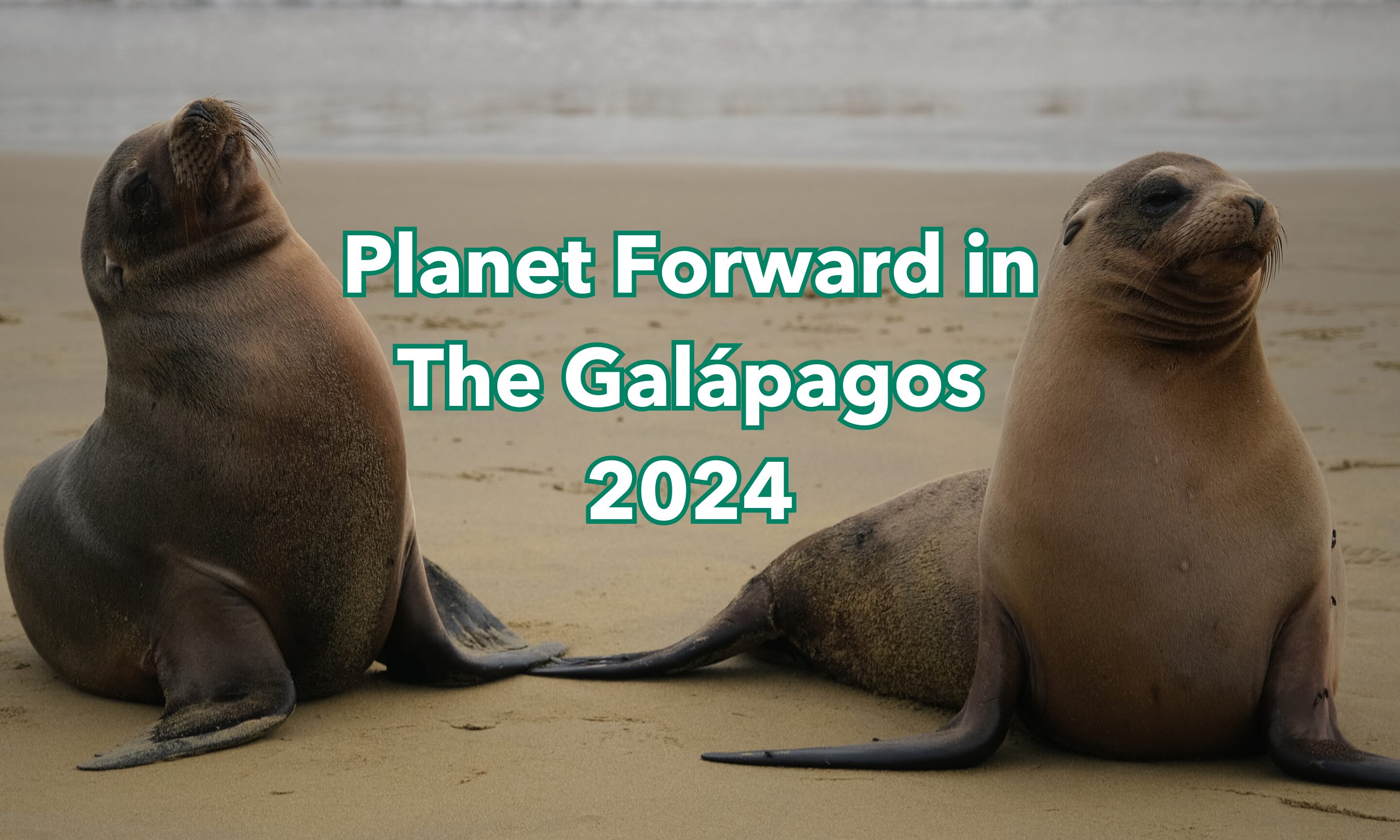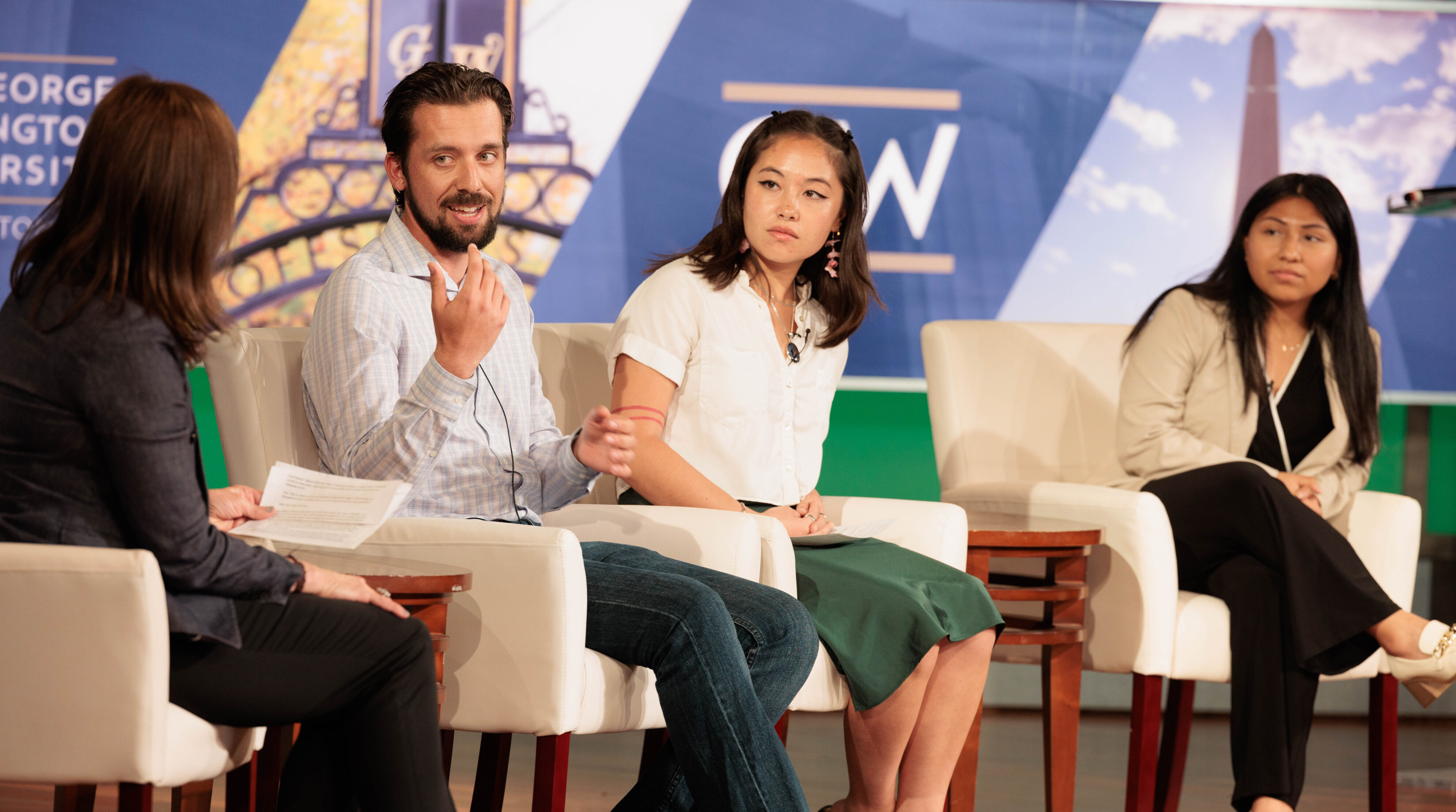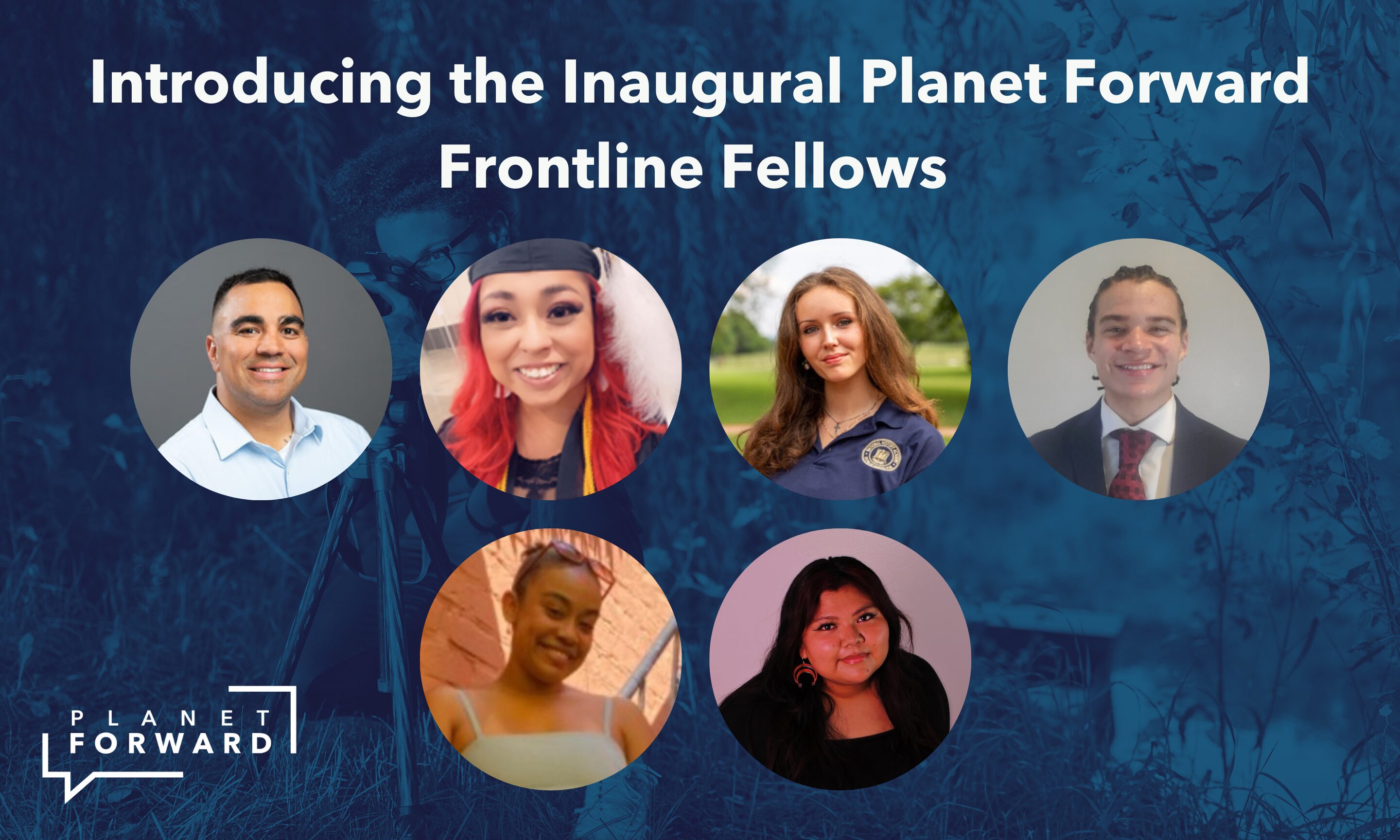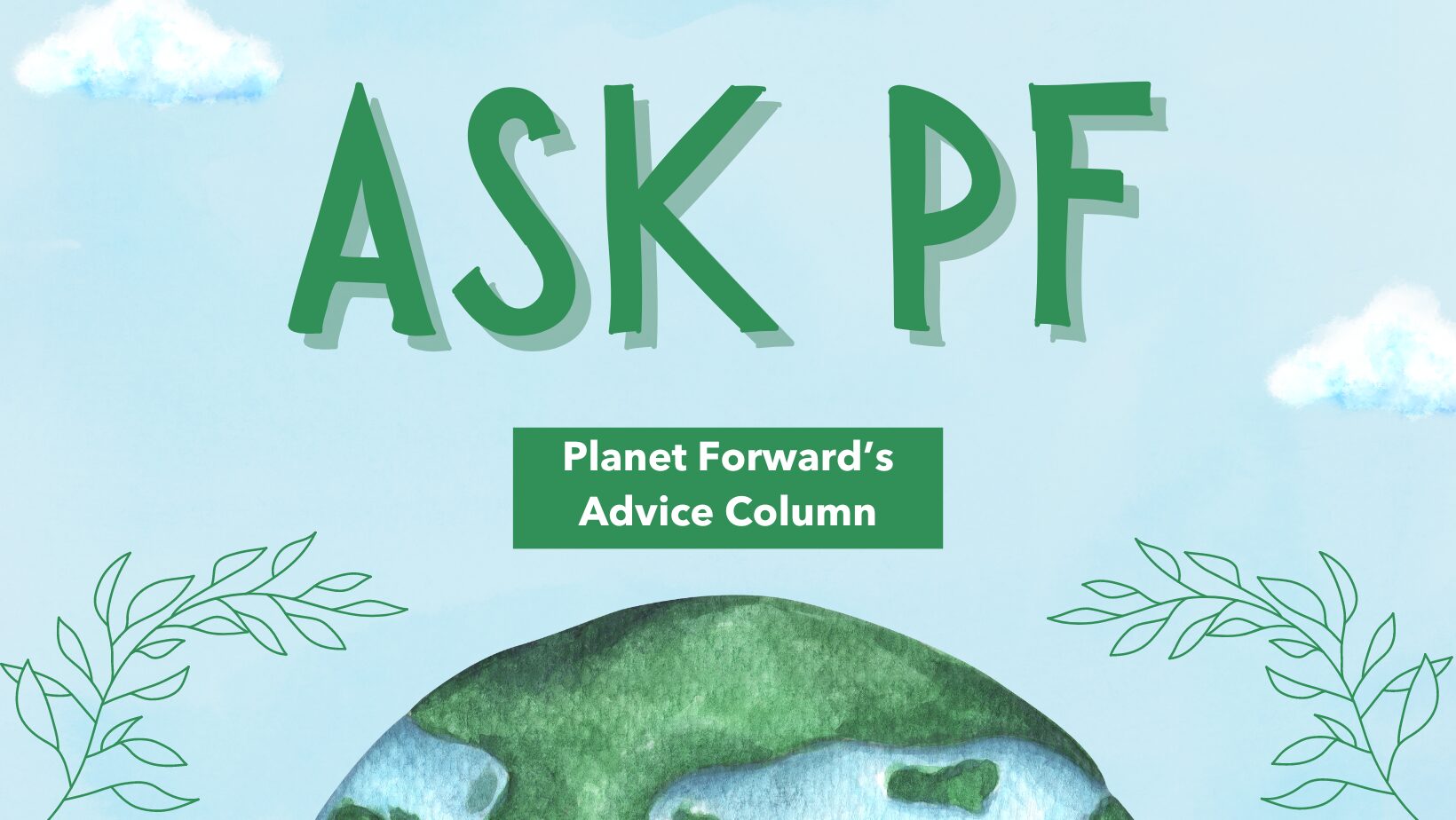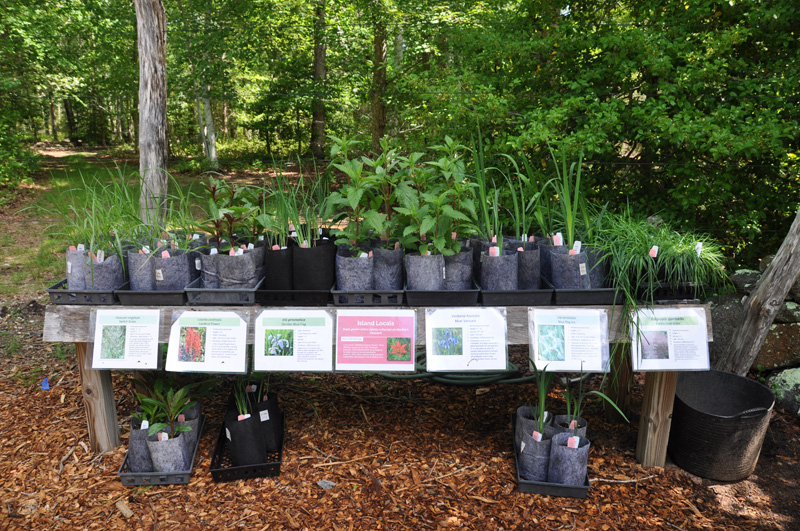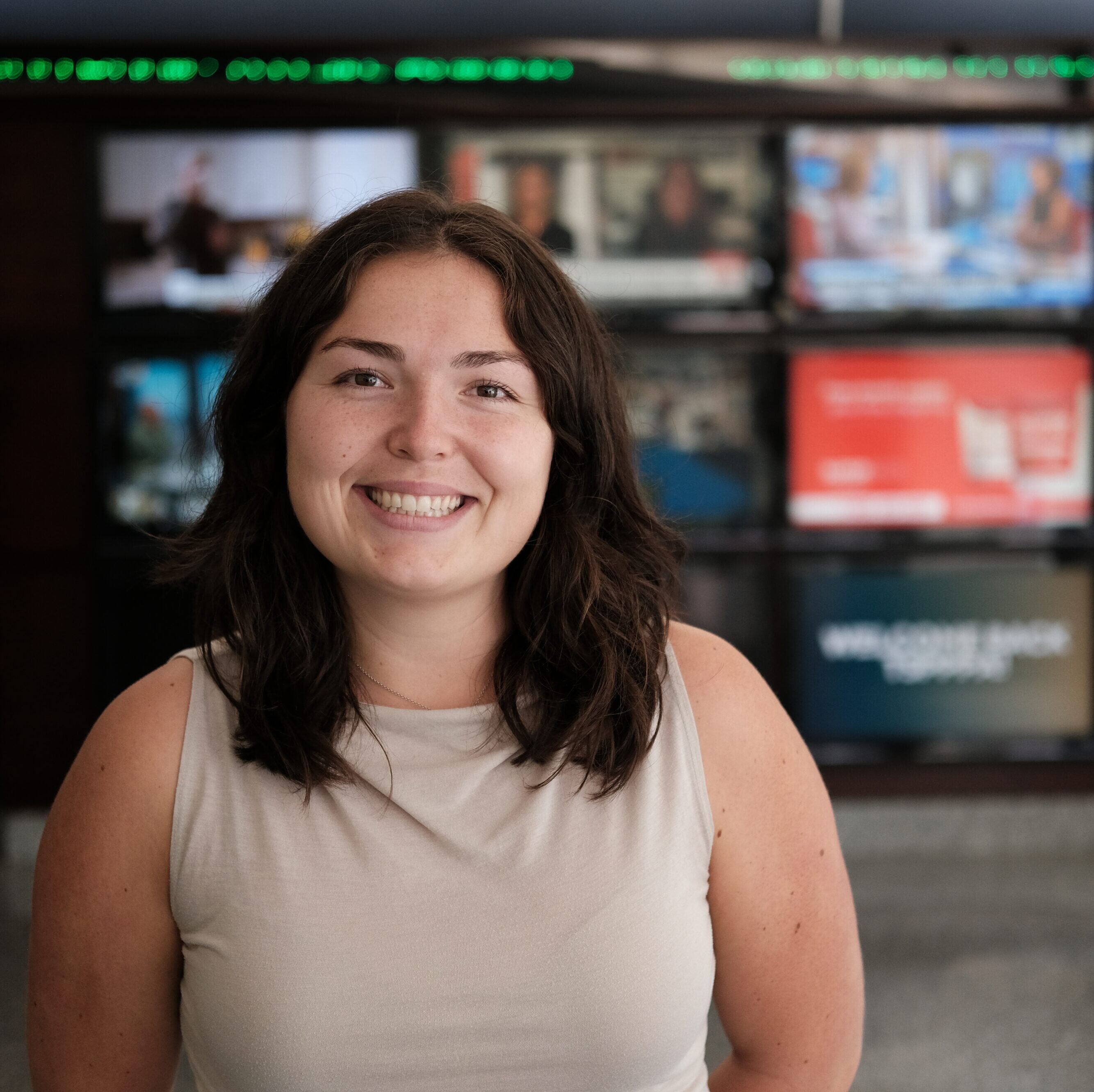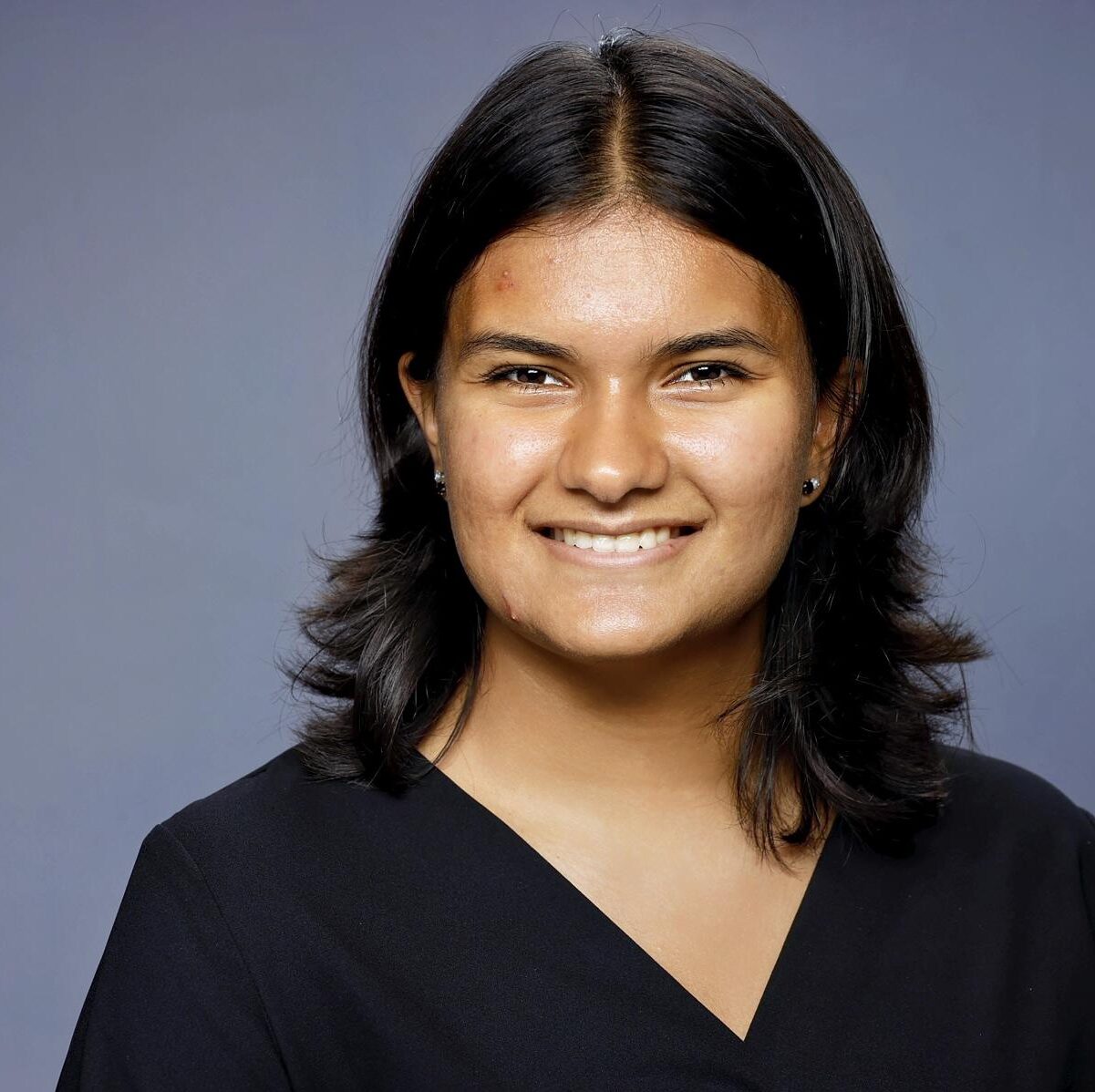Researchers at UDC are implementing "urban food hubs" in food deserts in DC to teach people how to grow their own food.
Tutors for a farming illiterate society
As I was editing the footage from this video, my housemate overheard Che Axum mention that some of the urban food hubs will be gearing toward growing quinoa, a highly climate resilient and high protein crop.
“Wait you can grow quinoa? I thought it came from a factory,” she said.
As Axum aptly puts it, we are a farming illiterate society. We are largely disconnected from the cultivation of our food; for many finding a bug in their salad or chunk of dirt on their apple can be apocalyptic to their day.
However, Axum and others at the University of D.C. College of Agriculture, Urban Sustainability, and Environmental Science (CAUSES) are growing a new generation of students who eagerly want to regain and share this ‘dirty knowledge’ about where our food comes from, and in the process fix the food insecurity issues that stem from this disconnect from agronomy.
The issue of food security is often framed as a far off problem reserved for developing countries; however, many low-income areas of the U.S. are largely cut-off from access to fresh food. Keisha Jordan Williams, a graduate student and research assistant at CAUSES, is from Ward 7 of D.C., where there is access to only two grocery stores with fresh food. Unlike others from Ward 7, Williams spent her childhood in the countryside learning her grandma’s ‘farming science,” which she describes as “you grow, and you eat.” Now, Williams is learning the specific scientific processes behind agriculture, so she can teach other people from Ward 7 to how to grow, and eat, fresh produce.
As climate change poses another threat to food insecurity by disrupting our food production; we need new innovators in the realm of farming.
As a research assistant to Dr. Matthew Richardson, Caitlin Arlotta is working on a project that looks at the efficiency of growing tropical crops in D.C. They are testing different varieties of sweet potatoes and hibiscus to determine which produces the highest yield and nutrient content. As climate change creates warmer, wetter winters in D.C., the climate is expected to mimic a current tropical climate, so they are hopeful these plants will be more tolerant to those changes.
But how do you put generations of farming knowledge and years of climate agriculture research in a 3-minute video? Maybe the goal isn’t to educate people on the science behind agriculture, but to get people interested in the first place. Growing food doesn’t have to take place on a 500-acre farm, and teaching people that it is feasible to grow their own food may help bridge the gap between cultivation and consumption.



